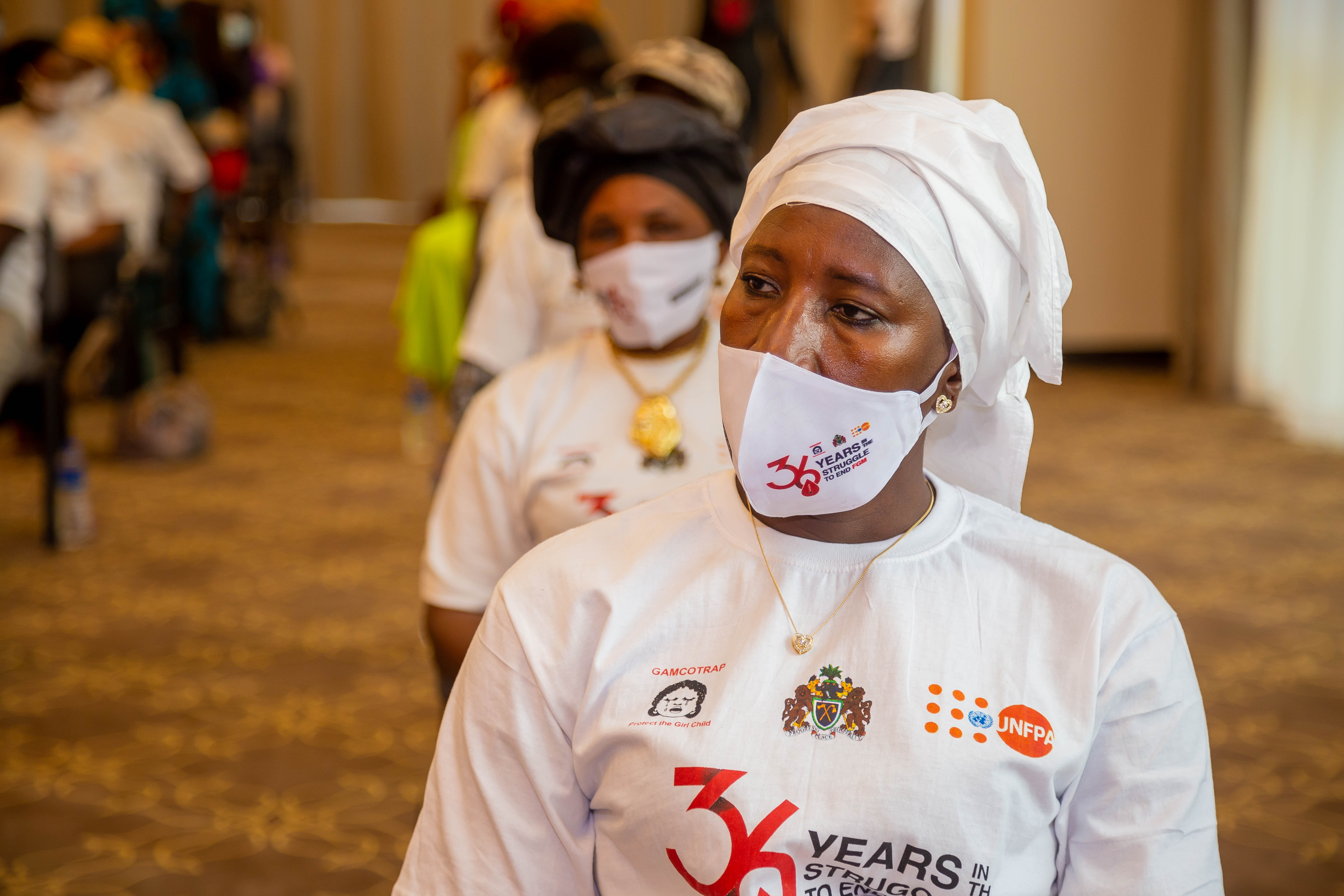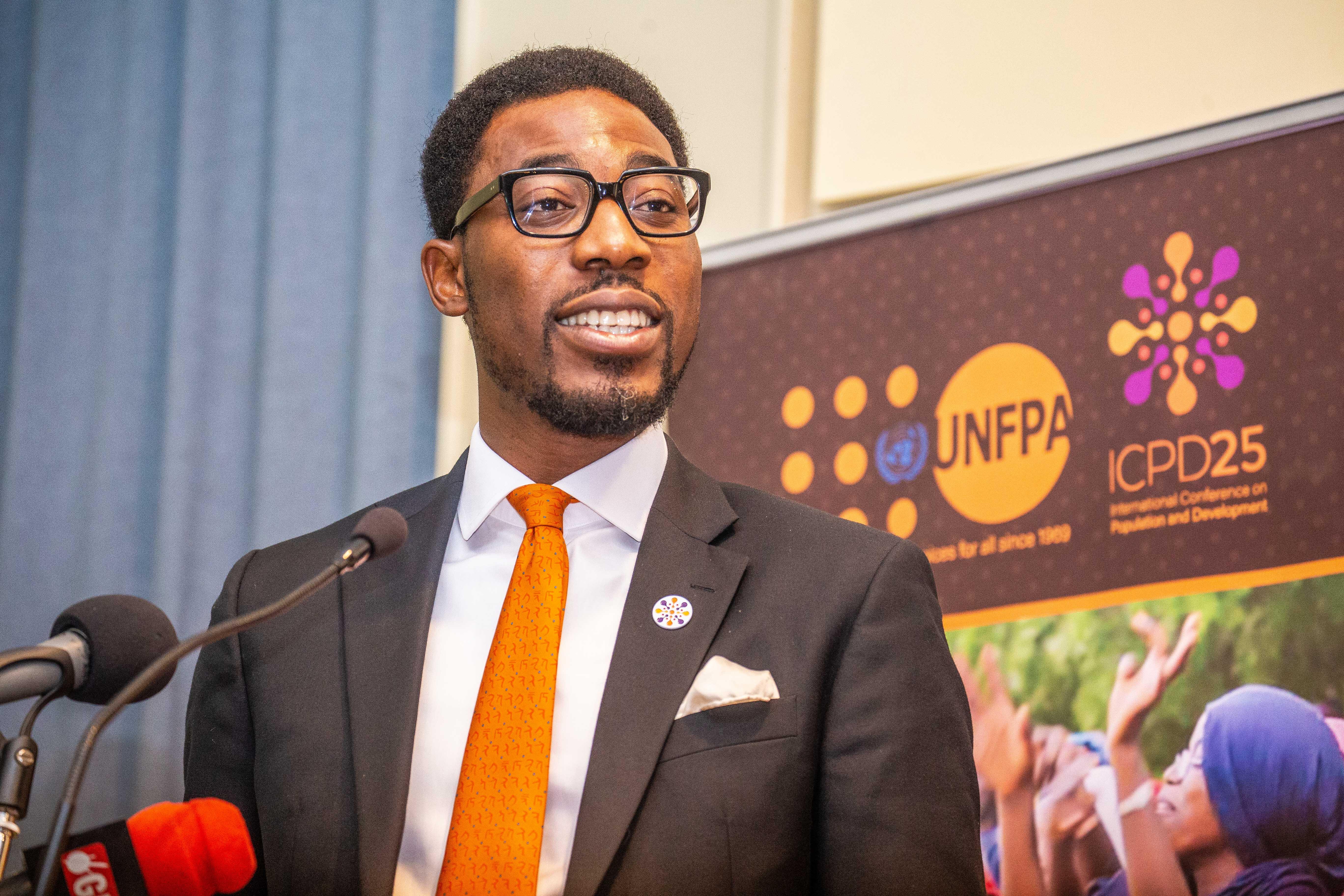February 6, marked the international zero-tolerance day for female genital mutilation (FGM). Every year, since 2003, we take the time to reaffirm our vows to end this gross violation of girl’s human rights. We are reminded again of how far we still have to go to protect our girls. And we are reminded about the need for sustained multi-sectoral efforts at multiple levels to ensure that harmful practices such as FGM can be rooted out, for good.
As we went through different events commemorating this day, I found myself questioning why despite all of our efforts we are still so far behind in eliminating this practice. I am well aware of the challenges, the complexity, and the deeply entrenched nature of cultural practices, and the natural resistance of people to change them. I am aware of the beliefs and fears that perpetuate the adherence to traditions. The evolution of traditions to become socio-cultural necessities, and even the economic need of the people - is not lost on me. As a public health official, the challenges faced by behavior change communication campaigns even at individual levels are also known to me; and I recognize how much more complicated is the goal of tradition-change communications.
And yet it confounds me. It confounds me that families, parents, religious leaders, community elders – essentially those that are looked upon for guidance and blessings, would willfully, subject young girls to such criminal violation of their bodies. That, in this day and age, knowing well, that the perceived notions of value associated with this practice are rooted in misconceptions and that in fact are extremely dangerous, they still continue with it. Rooted in misinformation, all of their cited-reasons behind this practice have been proven to be non-scientific, non-medical, and are in fact inhuman.
FGM is an extreme form of gender-based violence that harms and violates a young person physically, and psychologically. It exposes them to serious long-term and short-term health risks, suffering, and even death.

It is a fact that the actual incidence of female mortality caused by FGM cannot even be determined because the complications are not identified or documented. And for those who survive, this violent practice introduces permanent trauma and pain in the life of an otherwise healthy individual.
Over the last three decades, the global incidence of FGM has decreased by about 15%., or about half a percent every year. This is disturbingly slow progress. A reminder of the challenges faced by multiple international development organizations, multi/bi/unilateral aid agencies working to create awareness, provide information, advocate for legal and religious support, etc. And although we have collectively made many gains, winning the support of governments, educators, and religious leaders – even managed to change the mind of individuals and saved a percentage of girls from this trauma. A lot still needs to be done.
In The Gambia, over 73% of all women have been subjected to FGM. With only a 2% decline in overall incidence since 2013, the progress has been slow. However, further progress is evidenced by the declining incidence of FGM in different age groups i.e. 75% of women between 15 and 49 years old have gone through FGM, while the younger population between 0 to 14 reveals a lower number of 51%.

An encouraging finding from recent research also showed that roughly one-third of all Gambian women believe that FGM is not a religious requirement and that it should stop. This also builds on the previously known fact that the level of support for FGM among girls and women is lower than its prevalence level, even in countries where the practice is almost universal. Perhaps because those who suffer this violation of their dignity and health cannot endorse it. However, a significant proportion of the Gambian population still thinks that FGM should be continued as it is sanctioned by their culture and religion.
FGM is endemic in the Gambian society and continues to be practiced despite a 2015 legislation that criminalizes it. The Women's (Amendment) Act 2015 bans the practice and imposes punishments for perpetrators. The law is a great success, but five years on we must revisit how well it has been implemented and enforced, and what can be done to make it more effective. This requires working with legislators, law enforcement organizations as well as communities. Further definition of responsibilities and roles, as well as of terms (such as perpetrators) is critically important.
However, there is a need to stop not just the supply of FGM services but also its demand. This requires a change in prevalent social beliefs. The victims are too young and at a social disadvantage to speak up for themselves. The beliefs of the families have to change. This also requires addressing their fears of social unacceptance, and a change in communal attitudes. This is not simple, and requires support and proactive action by a host of stakeholders. There is a need to make FGM a taboo.
We have to make FGM a taboo – and that is the social goal we should be working towards. Eradication through legislation and information is necessary, but unless the societies and communities start to see it as a taboo, there will always be some who will find ways to get around the law.
People are likely to follow traditional practices that they believe are followed by a majority of the population, especially if they believe that others may sanction them if they don’t follow the same practice. As general views on issues develop, over time what is acceptable in a population can change. Social narratives are critical in shaping general views of the population. It is no easy feat. But if there is a time when this can be effectively managed and done, it is this time of media and information prevalence. The narrative on FGM must evolve to include not just rational debates on medical and health risks, and proofs of religious discouragement, but also to outright brand it as an unacceptable and shameful.
The current approaches are working, albeit slowly. They can be expedited. And when the cost is protecting young lives that are affected every day, it is critically important to reevaluate how we address such challenges. Working with the practicing communities to understand their specific reasons, being context-specific and sensitive, involving not just the older and influential but the young and energetic members of the society in endeavors of cultural change are key.
When the problem is so entrenched into the socio-cultural fabric of the society, there is a need to address it from all possible avenues. Individuals, institutions, and communities must own this struggle. Educators, religious and community leaders, media, politicians, public health experts, law enforcement agencies, government, and non-governmental organizations all have the responsibility to ensure that girls live a life of dignity and good health. And a change in the narrative can help propel us further in the achievement of this very critical goal. It is the only way we can completely eradicate FGM.
We, at the UNFPA in The Gambia, along with our partners have been working towards the eradication of gender-based violence and harmful practices including FGM (SDG 5), with the recognition that every hour, every day matters. For every time that we manage to deliver our message convincingly to someone, some young girl is saved from this practice.
***
Written by Kunle Adeniyi, UNFPA Country Representative in The Gambia.


